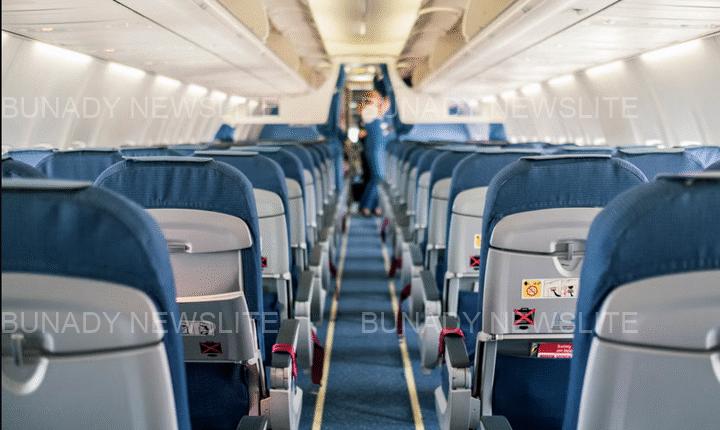Plane Crash Survival: Strategic Places To Sit And Where You Sit That Could Save Your Life In Inside The Plane
While air travel remains one of the safest ways to move from place to place, tragedies sometimes happen to remind us that no system is entirely foolproof.
Understanding how seat placement and safety procedures affect survival odds could make all the difference if the unthinkable (God forbid) happens.
BE THE FIRST PERSON TO WATCH THE FULL YOUTUBE VIDEO CLIP OF THE SAFEST PLACE TO SIT INSIDE THE PLANE HERE, BEFORE THEY DELETE IT ON SOCIAL MEDIA.
So, Where Is the Safest Seat on a Plane?
The short answer? It depends. But years of crash data and expert analysis provide some compelling insights.
Rear of the Plane
Rear seats: 69% survival rate
Middle (wing area): 56% survival rate
Front (first class/business): 49% survival rate

Middle Seats Over Aisles
A TIME magazine analysis of 35 years of FAA records showed that middle seats toward the rear had the lowest fatality rates in crashes where survival varied by seat. Surprisingly, that dreaded middle seat may be the safest, with a fatality rate as low as 28%, compared to 44% for aisle seats.
Over the Wings or Centre Section
Some experts argue that the centre of the aircraft, often above the wings, offers more structural integrity and absorbs impact better. This was demonstrated during a Discovery Channel simulation with MIT, where crash test dummies in the middle sustained fewer injuries than those in the front.
Exit Rows
What to Do in a Plane Crash.
Even if you’re seated in a “safe” area, your actions matter. Here’s what experts recommend:
Wear Your Seatbelt At All Times – Staying buckled during turbulence and landing can prevent serious injury or ejection.
Know the Safety Briefing – Cary Grant, an assistant professor at Embry-Riddle Aeronautical University, emphasises paying attention to the pre-flight safety video or demonstration.

Count Your Rows to the Exit – In smoky conditions, visibility is poor. Know how many rows you are from the nearest exit so you can find your way by touch if needed.
Use the Brace Position – Place your head between your knees and hug your legs. This helps protect your head, neck, and spine during impact.
Avoid Open-Toed Shoes – Wear closed-toe shoes to avoid injury from debris and to move quickly during evacuation.
Stay Calm, Move Fast – Panic slows people down. Having a plan and staying alert during takeoff and landing, the most accident-prone phases, can save lives.
BE THE FIRST PERSON TO WATCH THE FULL YOUTUBE VIDEO CLIP OF THE SAFEST PLACE TO SIT INSIDE THE PLANE HERE, BEFORE THEY DELETE IT ON SOCIAL MEDIA.
While the “safest seat” on a plane can vary depending on the crash, historical data leans toward the rear and middle seats, especially those near exits. Still, every accident is unique, and survival often depends just as much on preparedness, awareness, and action as seat placement.
As aviation expert John Hansman puts it, “the front of the aeroplane sometimes acts as a shock absorber,” but there are risks in every section. What truly matters is minimising your risks by choosing your seat wisely, buckling up, and knowing what to do in an emergency.Read The Full Article/Content Here.

